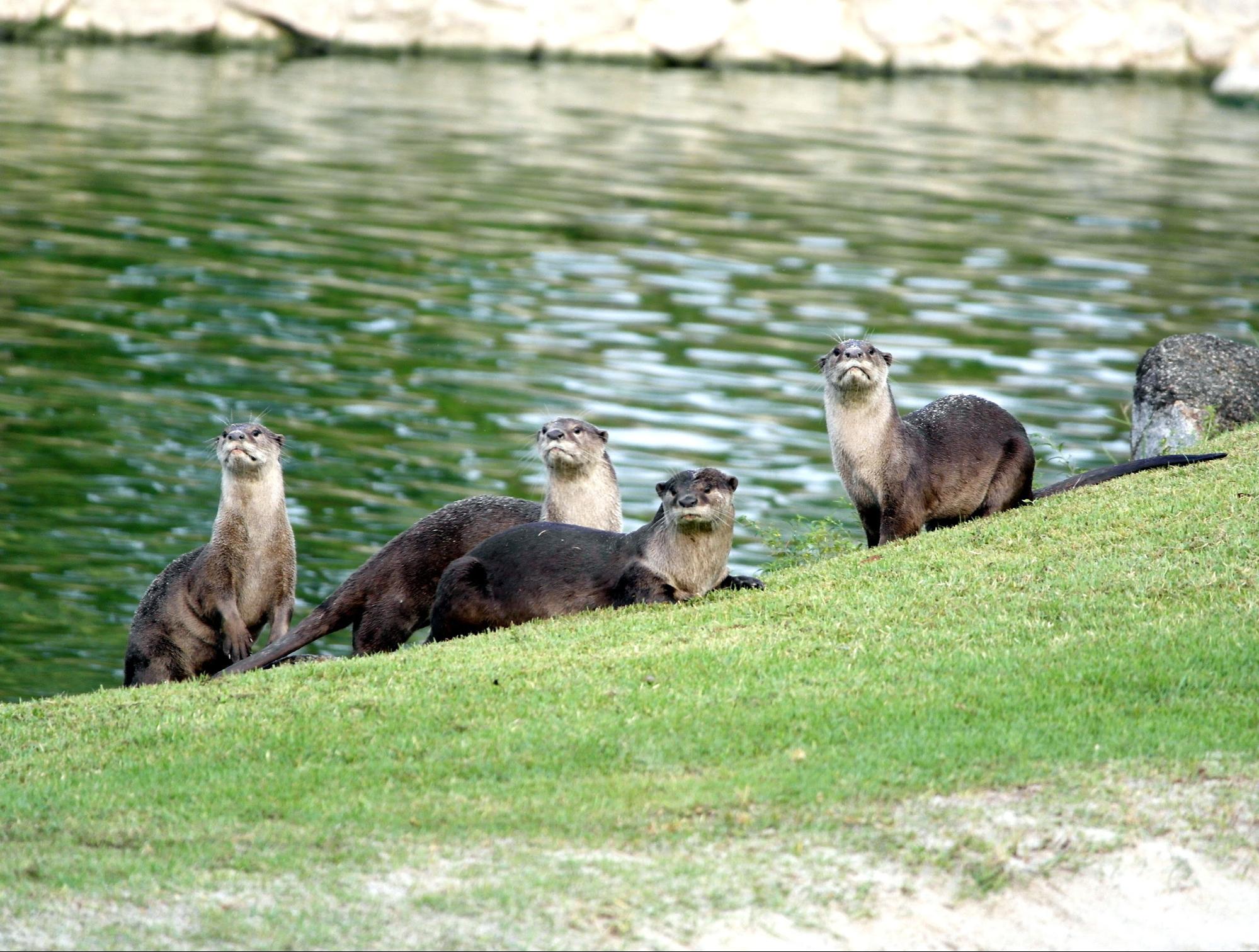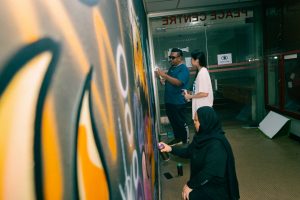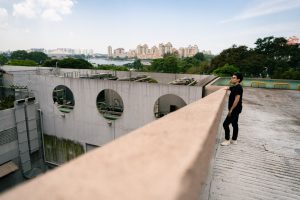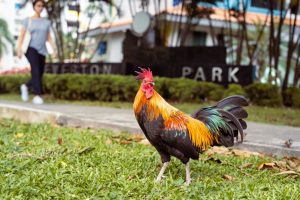In island city Singapore, space is a premium not just for the humans who fight it out in Housing Development Board ballots or in the property market, but also for our local wildlife. In the past three months alone, there has been a spate of headlines about animals ‘encroaching’ into human territory. Pythons have been spotted in housing estates and shopping districts. Wild boars are increasingly common around condominiums. Dog packs roam around park connectors.
How Singaporeans should co-exist with other animals has become a topic of much debate—some call for more education and acceptance, while others fear for their safety.
However, there is one factor that has been missing in this debate so far: how Singapore’s status as a global green hub simultaneously calls for acceptance of wildlife, while privileging some animals over others. The result of this is that certain animals are given the privilege of co-existence, while others are barely tolerated.
How do we make sense of this inconsistency, and are there ways that we can move towards complete acceptance rather than mere tolerance?
GARDEN CITY OR CITY IN A GARDEN?
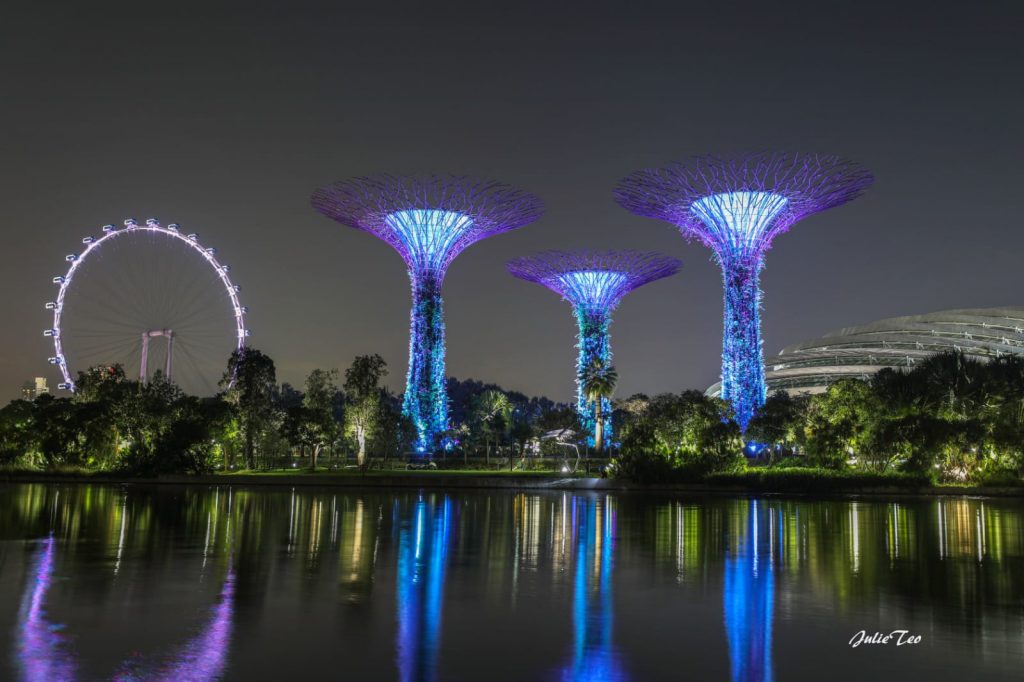
The second reason, rather ironically, is the success of Singapore’s greening efforts since the 1960s.
The focus in recent years has been to not just increase plant life, but to also increase biodiversity and ensure that wildlife encounters become more frequent as part of the initiative to turn Singapore into a ‘City in a Garden’.
Yet there is a clear disconnect between the goals of the ‘City in a Garden’ plan and the way wildlife encounters are managed and talked about.
In February this year, Member of Parliament Lee Bee Wah criticised wildlife advocacy group Animal Concerns Research and Education Society (ACRES) for telling a resident that a python in a drain near her home was in its natural habitat and for refusing to remove it. Headlines talk about macaques ‘invading’ neighbourhoods. Town Councils continue to call the pest control in response to python sightings, furthering the notion that they are pests, rather than animals that are protected by law. Oftentimes, when pest control companies are called, the snakes are handled poorly; methods that have been used include pouring hot water into drains to chase snakes out, or stepping on the snakes.
At the same time, Singapore is also celebrated as a centre of urban wildlife—our population of nearly 60 smooth-coated otters are well-loved. Sightings of otters begin to increase in 2015, with urban greening and the cleaning of waterways cited as the reason for their comeback.
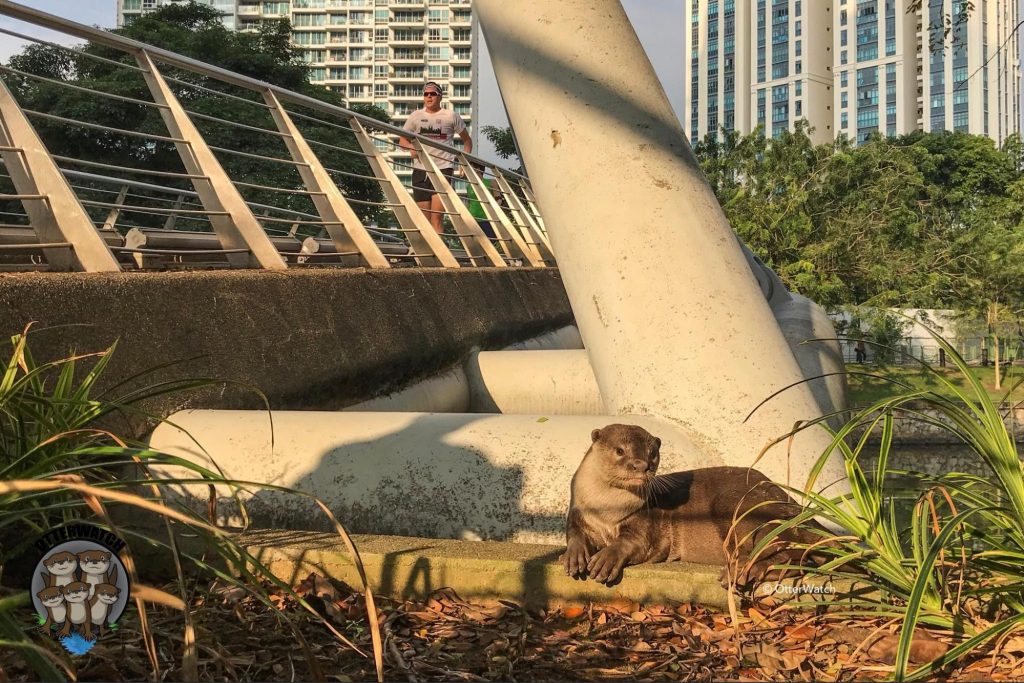
Singaporeans do not just tolerate the otters. We delight in their presence and demand that space be made for them. The result is that Singapore was hailed by otter expert Dr Nicole Duplaix as an international model for co-existence between otters and humans.
So we have both a contradiction and an inconsistency in wildlife management. The City in a Garden initiative aims to increase wildlife encounters, but we continue to place emphasis on the need to keep humans and animals apart. The exception to this, of course, are the otters.
Some might argue that the otters are easier to accept because they are less dangerous. But the road to accepting them was not smooth sailing. When the otter population first started to increase, there were complaints of otters raiding fish farms and ponds. One hotel in Sentosa reported an $85 000 loss of ornamental fish over eight months. At one point, D’Best Recreation fishing pond in Pasir Ris estimated that they were losing $300-$500 worth of fish almost daily. Furthermore, in 2017, a 5-year-old girl was badly bitten by an otter.
While there have been more python sightings in Singapore, only one case in recent years involved a snake biting a human unprovoked.
To understand the gulf that exists between otters and other forms of wildlife, we need to realise that Singapore’s vision of a ‘City in a Garden’ is not founded on the intrinsic value of the wildlife around us. In an interview with the New York Times, then-head of the National Parks Board Mr. Poon Hong Yuen said that the initiative was meant to make Singapore a more attractive place for talent in the knowledge economy.
Fundamentally, then, wildlife is only appreciated to the extent that it fits the image Singapore wants to project of itself—a clean, green, and safe global city. Otters, with their playful antics that easily go viral online, fit this bill, and so they enjoy the honour of sharing our waterways.
Whether or not an animal is made to ‘belong’ in a space has less to do with its inherent qualities, and more about what value it brings to Singapore’s status as a global hub. Otters can be just as, if not more, dangerous than a python. But because they are universally perceived as being fluffy and adorable, their presence boosts Singapore’s reputation and status.
When an appreciation for wildlife is founded only on its potential economic and symbolic value, the commitment to co-existence is tenuous at best. Take the example of Sin Ming Avenue’s free-roaming chickens. They were filmed as part of Channel News Asia’s documentary Wild City, as experts believed that they were endangered red junglefowl. Yet, in 2017, nearly half of the birds were culled after a spate of complaints about them. Similarly, the rainforest next to the Singapore Zoo in Mandai, despite being home to critically endangered species like the Sunda Pangolin and the Lesser Mousedeer, is in the midst of being redeveloped into an eco-tourism hub.
There have been increasing calls for state agencies to use other measures such as relocating animals, rather than culling. Nevertheless, we cannot continue to depend on the assumption that animals will stay in ‘wild’ places, not when we are actively clearing these spaces. Given the increased pace of development, human-animal conflicts look set to only increase.
But it doesn’t have to be this way.

The way that we treat non-human animals does not have to be set in stone. We do not have to continue to buy into the belief that animals function only to enhance the human experience. It is possible for us to reframe how we view our wildlife.
A promising place to start would be the stories we tell. The way that we talk about animals has powerful implications for how we treat them. When all we see about pythons and wild boars are stories of people being afraid of them, we come to internalise them as threats. On the other hand, stories about otters playing in rivers and being adorable turns them into something that we love and respect.
Instead of being a City in a Garden, where bits and pieces of nature are picked out and the rest shunted aside, perhaps we should look towards becoming a City in Nature. This would mean learning to accept all the parts of nature, and learning to look at the wildlife around us not just in terms of risk to ourselves. Bees, for example, typically elicit fear or worry. But bees usually do not sting unless provoked and are also essential for pollination. The reticulated pythons that patrol our drains help to keep rat populations down.
There are already promising stories in Singapore that are emerging; just last month, the residents of Sin Ming overwhelmingly voted to keep the remaining chickens in their neighbourhood, with many saying that the chickens helped them feel closer to nature. There is beauty and wonder in sharing our world with other species. The Bishan and Marina otter families are proof of that.
Now, we just need to extend that privilege to everything else that calls this island home.

